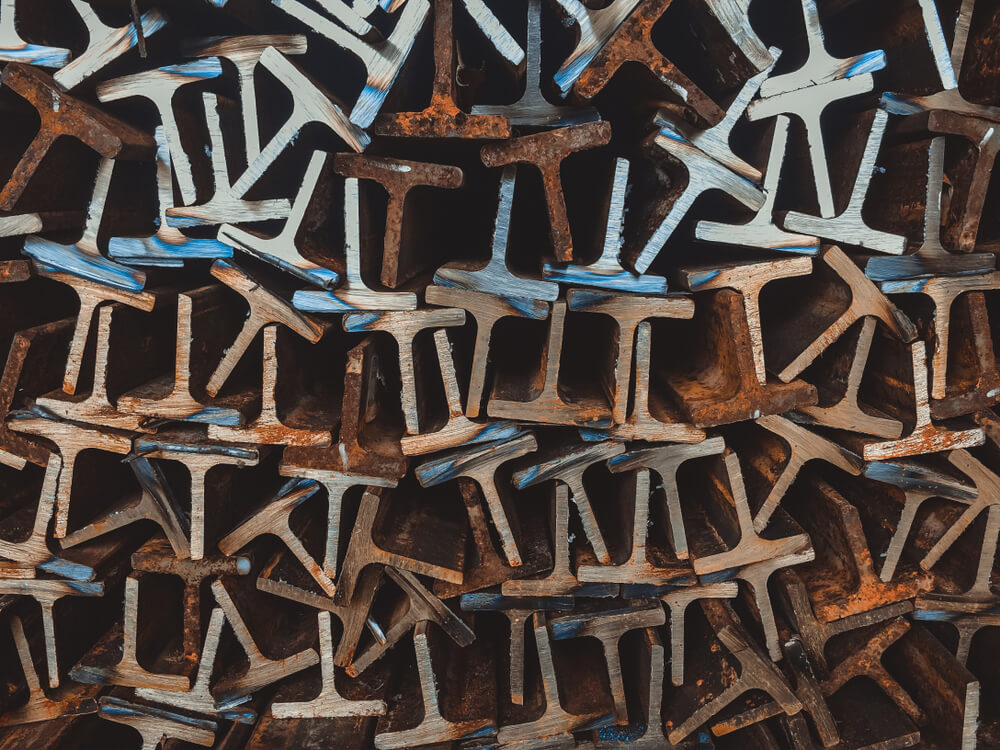Why Do You Need T-Beams?
While less common than other types of beams, T-beams actually can have a stronger ability to resist bending due to their greater second moment of inertia. Because of this, they are generally preferred for larger spans to reduce the beams’ deflection or sagging. Not only this, but the shape is more economical than standard rectangular beams if their tensile strength isn’t needed. If you’re still unsure, call us and see if T-beams can help your project today!
Get Steel T-Beams Today
T-beams are produced by splitting wide flange beams and I-beams along their web, forming a T shape rather than an I shape. While they’re not as commonly used in construction, T-beams offer certain advantages when applied to other structural shapes. At Service Steel, we use a plasma track torch that’s designed for cutting the web of a beam to produce two steel tees. These cuts are typically made down the center of the beam but can be cut off-center if the intended project requires it. If you’re ready to get T-beams for your project, request a quote from our team of experts today.

SPLIT TEE FAQS
Service Steel offers structural steel T-beams in a full range of sizes from 5’ to 60’ in 5’ increments, in even quantities.
Tee splitting services are valuable across various industries, including:
- Construction: For creating structural components like roof trusses and frames.
- Shipbuilding: To produce lightweight yet strong structural elements.
- Infrastructure: For applications requiring specific beam configurations.
- Manufacturing: To create custom components for machinery and equipment.
While both of these shapes only have one web and one flange, their names illustrate the primary difference. The web of a T-beam attaches in the middle of the flange, while the web of an L-beam attaches at the end of the flange.
T-beams are split into two separate sections, while stitch cut beams remain intact with a 1” tab every 3’ depending on the length of the beam and the fabricator’s request.
Steel T-beams have a wide variety of uses, including frames, repairs, roof trusses, shipbuilding, and pipe shoes. They’re most often used to achieve a specific structural steel shape.
Yes. Tee splitting can be performed on both new and used beams. We cut the web of a beam to produce two steel tees, typically made down the center of the beam (but can be adjusted if the intended project requires it).
Tee splitting can be performed on beams with coatings like galvanizing. However, it’s important to note that the splitting process may affect the integrity of the coating. The heat generated during the splitting process can damage the protective layer, potentially leading to corrosion. For applications requiring the preservation of the coating, alternative methods or post-splitting treatments may be necessary.